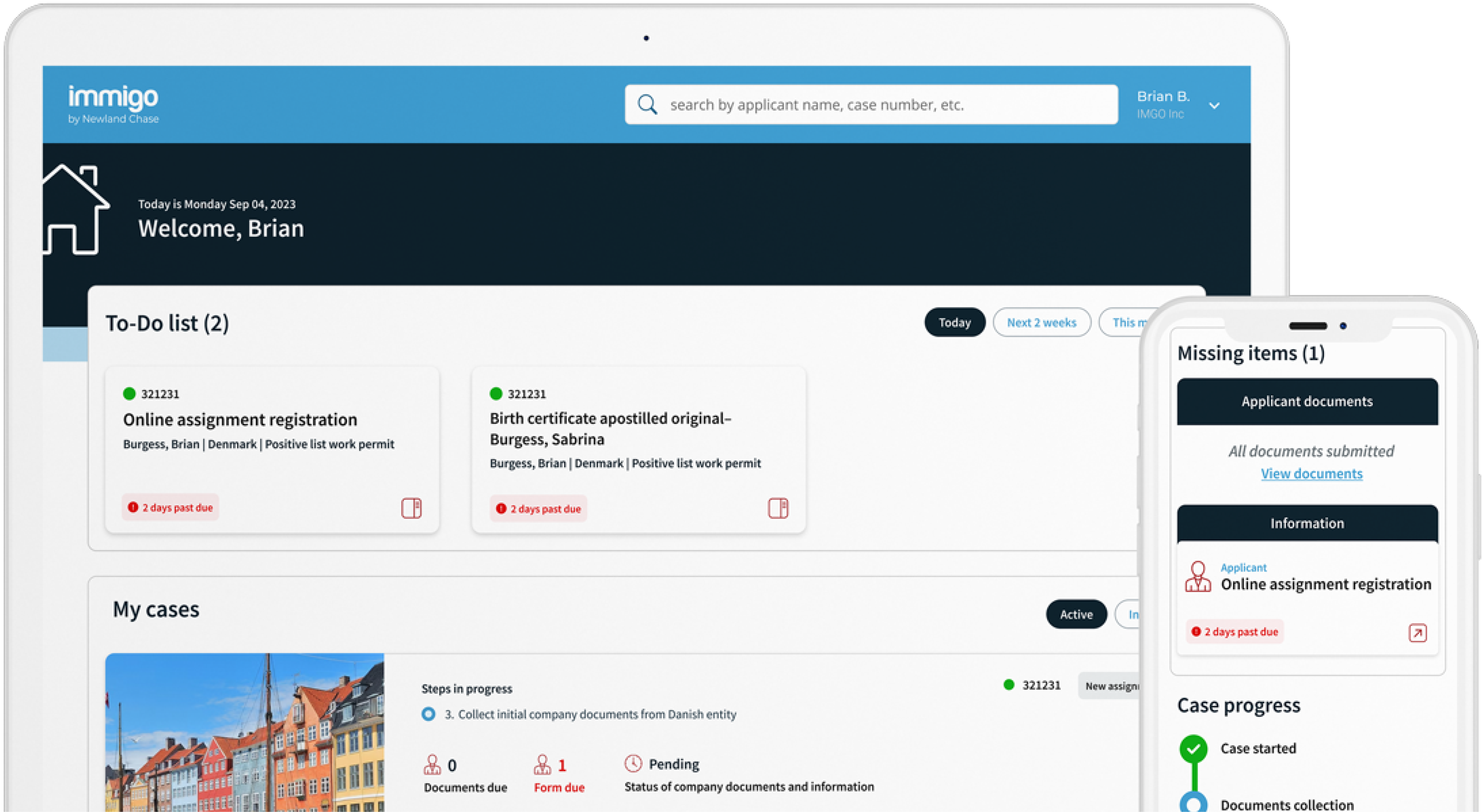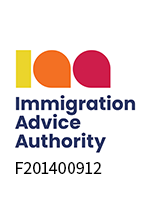Get The Visibility Your Company Needs
Reduce compliance risks and mobility costs while managing individual and project-related travel with ImmiSMART: the solution that unifies your travel and mobility programs.
Review of the Shortage Occupation List – What’s New for Tier 2 Sponsors & Migrants?
March 7, 2013
 We will be publishing a follow up to our first ‘International Assignments’ blog soon, but given the volume of changes to the UK Immigration Rules which have been announced recently, we thought it would be useful to our readers to provide a brief summary of these along with our own view on the proposals.
We will be publishing a follow up to our first ‘International Assignments’ blog soon, but given the volume of changes to the UK Immigration Rules which have been announced recently, we thought it would be useful to our readers to provide a brief summary of these along with our own view on the proposals.
We have separated the content of this blog into, firstly, the recommendations of the Migration Advisory Committee (MAC) which were published on the 15th February 2013 and secondly, the UK Government’s Statement of Intent regarding the Codes of Practice for skilled workers, which was published on the 1st March.
What do you make of the changes? Do you think they will help or hinder Tier 2 Sponsors or are you an individual migrant and concerned by the changes? Leave your views below…
Migration Advisory Committee recommendations relating to the review of the Shortage Occupation List
Back in October last year we asked our readers to participate in the MAC’s call for evidence on their review of the Shortage Occupation List. The MAC review also considered whether or not a ‘sunset clause’ should be introduced, meaning that occupations would automatically be removed from the Shortage List after two years and explored whether certain occupations within the creative sector should continue to be included within Tier 2.
The 276 page report published last month drew on the views of stakeholders and partners, including Newland Chase, in essentially what look to be largely positive recommendations for the future of the Shortage Occupation list.
We have summarised the main recommendations as follows:
New occupations should be added to the Shortage List
Although some occupations have been taken off the Shortage Occupation List (mainly within the medical professions, but also Mining & Coal Engineers and Mining Geotechnical Engineers) on the whole the MAC is recommending that most occupations that are currently on the list should be allowed to remain, along with the inclusion of several other occupations. These include Engineering roles such as Mechanical Engineer, Mechanical Design Engineer (stress), Piping Design Engineer, and Senior Mining Engineer.
We believe that these roles should be included on the list as they are areas in which our clients have identified there is a lack of UK national employees available and this situation does not appear to be changing.
HR professionals would welcome the inclusion of these occupations on the list as there would no longer be the need to advertise these roles for 28 days first. This requirement can cause extensive delays to project work if the adverts are not placed in the correct format to begin with, or if an overseas engineer is required at short notice to replace another member of staff on a project.
A ‘No’ to the Sunset Clause
The MAC has vetoed the idea of introducing a sunset clause and essentially agreed with the view presented by Newland Chase and others that the regular review of the Shortage Occupation List essentially operates as a ‘de facto sunset regime’.
It was noted that given the Shortage Occupation route accounts for such a small number of migrant workers (roughly 1400 per annum), to introduce a sunset clause would be disproportionate. The MAC further commented that should the Government see fit to introduce a sunset clause, that the period of 2 years was too short and that instead 4 years should be the bare minimum period that is considered.
Creative Occupations
With regards to creative occupations, the MAC discuss the possibility of a separate route for migrants in this sector, but ultimately suggest that the creative occupations should remain within Tier 2, whilst being exempted from the skills threshold for certain occupations to compensate for the fact that quite often the traditional qualifications used to assess skills levels will not apply.
A two year break suggested – welcome news for all!
Finally, as we mention above, our readers will be glad to know that the MAC has recommended there is now at least a 2 year break before any further review of the Shortage Occupation List occurs and puts this down to overwhelming evidence of general ‘consultation fatigue’ amongst stakeholders.
Statement of Intent detailing changes to the Codes of Practice
Last year, the MAC published its review of the Codes of Practice, which mainly apply to the Tier 2 (General) and Tier 2 (Intra-Company Transfer) immigration categories. In response to this, the government has now released a Statement of Intent which sets out changes to the UK Immigration Rules based on the MAC’s findings.
The changes will be implemented on the 6th April 2013 but it is important to bear in mind that at this stage they have not been incorporated into statute and there may be minor alterations made before they become law. However, we are confident that the changes set out in the Statement will take effect and we will of course notify our readers should any revisions be made.
We will now summarise key changes suggested in the Statement:
Updating the list of occupations skilled to NQF level 6 using the new SOC 2010 system
The list of occupations skilled to National Qualifications Framework (NQF) level 6, which is the minimum skills level required for Tier 2 applicants, has been updated from SOC 2000 using the new SOC 2010 system. It is important to note that there will be no changes made to the skills threshold for Tier 2 and the list is merely being updated in line with the new coding system.
Changes to minimum salary thresholds for Tier 2
What will come as un-welcome news to Tier 2 Sponsors are the planned increases to the minimum salary thresholds for Tier 2, which must be met before a non-EEA national can be assigned a Certificate of Sponsorship.
The increases are purportedly design to bring the thresholds in line with wage inflation and we have provided a sample of these increases in the following table:
|
Category |
Current threshold |
New threshold |
|
Tier 2 (General) |
£20,000 |
£20,300 |
|
Tier 2 (General) – roles which are exempt from advertising in JobCentre Plus |
£70,000 |
£71,000 |
|
Tier 2 (General) – roles which are exempt from the annual limit and the Resident Labour Market Test |
£150,000 |
£152,100 |
As many of our readers who work in immigration will know, applicants’ pay must meet not only the relevant minimum salary threshold, but also the appropriate rate as determined by the relevant Code of Practice. However, the appropriate salary rates specified in the Codes of Practice have also been changed as per the following summary.
Changes to appropriate salary rates for skilled occupations
- Pay thresholds for ‘experienced workers’ should be set at the 25th percentile using the Annual Survey of Hours and Earnings (ASHE);
- Pay thresholds for ‘new entrant employees’ should be set at the 10th percentile of the pay distribution for full-time employees in that occupation;
- New entrants should then be subject to the 25th percentile threshold when applying for leave to remain after three years;
- For some occupations including those in the health and education sectors, the appropriate rates should use bespoke pay rates which are not subject to the usual rules on pay progression.
In light of this, we advise Tier 2 Sponsors and HR professionals to review the new salary requirements and to consider at the beginning of planned assignments whether each assignee will still meet the salary criteria when they are due a visa extension in the future.
Changes to the Resident Labour Market Test
For the most part, the RLMT remains unchanged. However, it has been decided to replace the current lists of specific publications and websites where vacancies can be advertised, which are found under each SOC Code, with a set of simple criteria for identifying suitable media. Please see the following example for the new criteria:
|
Type of medium |
Criteria for suitable media |
|
Website |
Must be one of the following:
|
We hope that this has proved a useful summary of the new rules. As usual, we welcome any comments in the section below, but please note that we cannot answer specific immigration enquiries as these must be answered on a case-by-case basis.
For assistance with a visa application or any other immigration advice, please contact us online or call us on 0207 001 2121.




